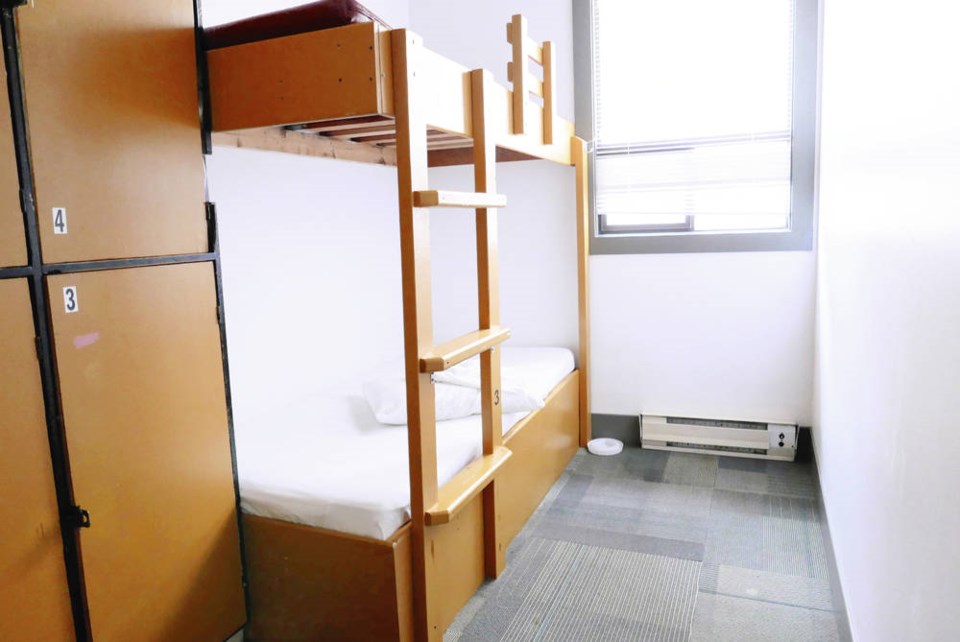Youth experiencing homelessness will have a chance to chart their own path while living at Victoria’s first youth-led housing program, which welcomed its first residents last week.
The plan is to house up to 25 to 30 youth experiencing homelessness or aging out of care by the end of February.
The initiative is a partnership between the Greater Victoria Coalition to End Homelessness and B.C. Housing, which will provide operating funding for the project.
According to a 2020 Point in Time Count, an annual count of homelessness in the Capital Regional District, of the 1,523 people identifying as homeless in March, 84 were ages 15 to 24.
According to the report, the top three reasons youth gave for losing housing were a conflict with or abuse by a parent or guardian, substance abuse and not having enough income for housing.
One of the key findings from the Point in Time count was that more than 51 per cent of respondents first experienced homelessness as a youth, and close to 38 per cent were under 18. Those who lack shelter at a younger age are more likely to experience greater adversity once on the streets.
“Insecure housing early in life is something we would refer to as an ‘adverse childhood experience’ or ACE,” said Dr. Colette Smart, registered psychologist, associate professor of psychology at the University of Victoria, and trauma researcher. “Without adequate supports and care, ACEs can set people up for difficulties later on in terms of both physical and mental health.
“Stable housing is at the core of everything — without that, it is very hard to work on other important life goals, such as building friendships, seeking meaningful work, and developing one’s identity.”
At the new facility, youth will have the opportunity to access mentors and coaches in the fields of arts, business and higher learning.
They’ve also been involved from the very beginning of the project.
During the program’s development, a team of five youth with recent experience of homelessness was hired to give input at each stage of the program. Youth who live at the facility will also contribute to its future, working with researchers to explore trauma and other impacts of homelessness.
“When choices are always prescribed, youth feel unprepared to enter adulthood. This project supports youth by prioritizing autonomy through self-assessment and discovery,” said Emily Jackson, prevention of youth homelessness co-ordinator for Greater Victoria Coalition to End Homelessness, and a former youth in care.
Jarvis Neglia, project manager of research for the coalition, says the project “places youth squarely in the driver’s seat by taking them seriously as agents of change within their own lives.”
Nationally, 20 per cent of the homeless population is composed of youth, translating to up to 40,000 youth with a lack of shelter over the course of a year.
The origins of the youth-led social enterprise housing program can be traced back to youth homeless prevention ideas developed in consultation with youth and the Greater Victoria Youth Task Force in 2017.
For more information on the Greater Victoria Coalition to End Homelessness, go to victoriahomelessness.ca.



